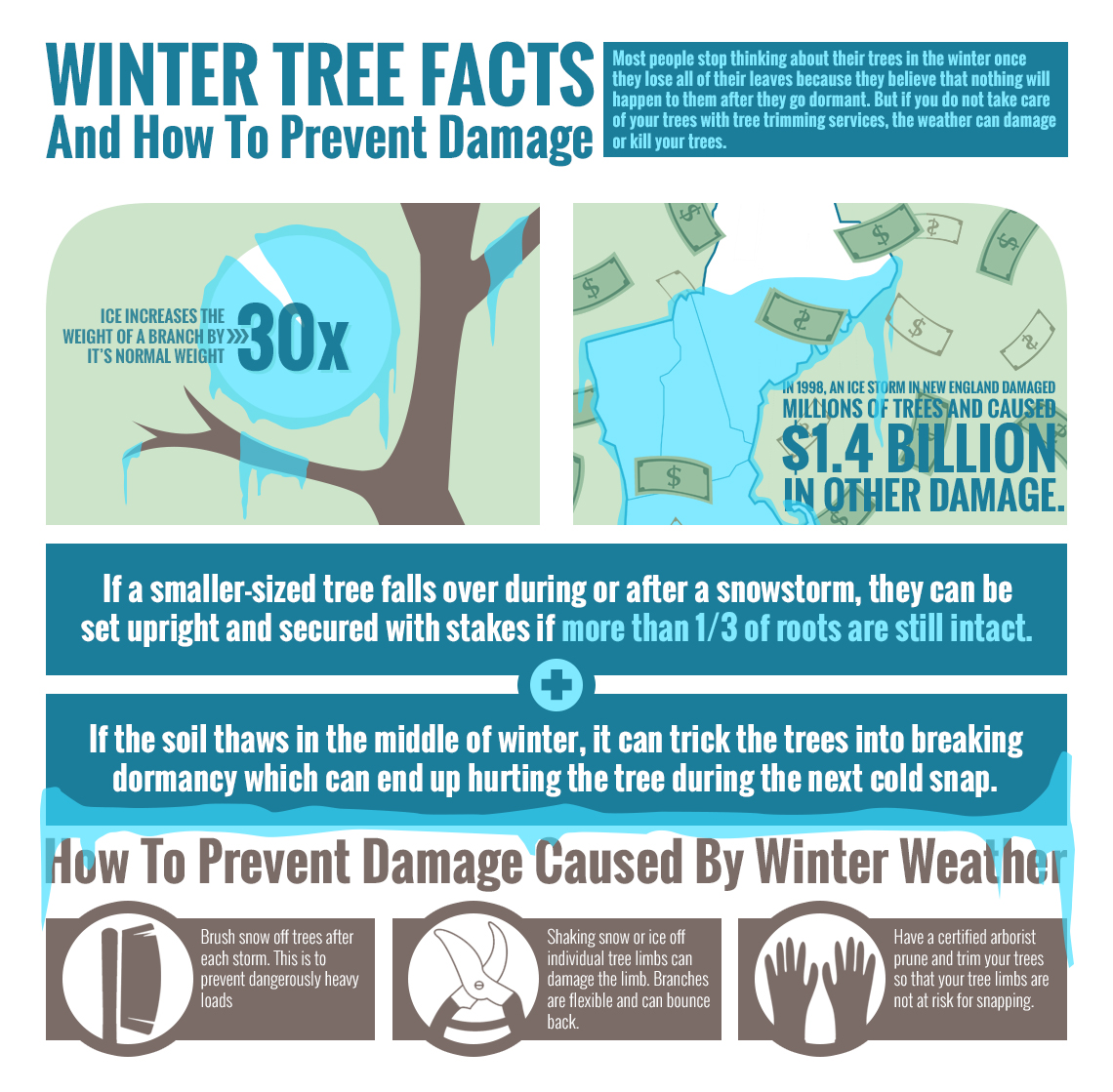Specialist Guidance For Lowering Trees: A Comprehensive Guide To Ensuring A Smooth And Hazard-Free Experience
Specialist Guidance For Lowering Trees: A Comprehensive Guide To Ensuring A Smooth And Hazard-Free Experience
Blog Article
Web Content Writer-Dogan Hviid
As you prepare to deal with the job of tree removal, equipping on your own with the right devices and techniques is critical. From selecting the correct chainsaw to grasping reducing approaches that make sure precision and security, each action plays a critical role while doing so. Nonetheless, there is one facet frequently forgot but vital for a successful operation. Can you presume what it is? Go on finding the key to a smooth and effective tree removal process.
Crucial Devices for Tree Removal
When getting ready for tree elimination, you'll require a set of necessary tools to guarantee the task is done safely and efficiently.
The first device you have to have is a trustworthy chainsaw. See to it it's sharp, well-oiled, and in good working condition to make cutting through branches and the trunk easier.
Additionally, a strong ladder is critical for getting to higher branches, ensuring you can work at different heights with security.
A pair of safety and security goggles will shield your eyes from wood chips and debris during the cutting procedure, avoiding any type of potential injuries.
Handwear covers are also essential to supply a much better grip on devices and protect your hands from blisters or splinters.
Finally, a rope and harness are important for safely decreasing branches and regulating the direction of the tree's loss.
Proper Reducing Techniques
To successfully get rid of a tree, grasping proper cutting strategies is vital to a risk-free and reliable procedure. Start by making a horizontal undercut regarding one-third into the trunk. This undercut stops the bark from splitting when the tree drops.
Next off, develop a wedge-shaped cut on the opposite side of the trunk, a little over the undercut. This cut guides the tree's dropping direction. Remember to leave visit the following website of wood to regulate the tree's descent.
Before making the final back cut, ensure all spectators go to a risk-free range. A well-executed back cut severs the remaining wood, allowing the tree to fall efficiently. Be cautious as the tree nears the ground to avoid accidents.
If taking care of a large tree, think about sectioning it into smaller items to handle the process better. By following these cutting techniques, you can successfully and safely get rid of a tree without unneeded threats.
Safety Measures and Precautions
Focus on safety by implementing vital procedures and safety measures when getting rid of trees to make sure a safe and secure atmosphere on your own and others. Before beginning cutting edge tree service , examine the environments for prospective risks such as electric lines, neighboring structures, or barriers that can disrupt the process.
Constantly put on proper individual safety devices, including helmets, gloves, eye defense, and steel-toed boots to protect yourself from potential injuries. Ensure that all tools and tools remain in correct working condition before use, and comply with the manufacturer's standards for safe procedure.
Develop a clear job zone around the tree to avoid unauthorized accessibility and keep onlookers at a secure distance. Communicate effectively with your staff member if you're operating in a group to work with motions and actions. Bear in mind the weather, especially strong winds or rain, which can impact the tree elimination procedure and posture extra dangers.
Conclusion
To conclude, remember to constantly prioritize safety and security when it concerns tree elimination.
See to it you have the required tools, make use of proper cutting methods, and take all required safety measures to make sure a safe and reliable procedure.
By adhering to these pointers and techniques, you can efficiently eliminate trees without endangering security.
Remain informed, stay maintenance work , and stay risk-free during your tree removal procedures.
